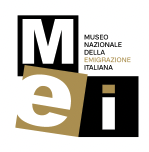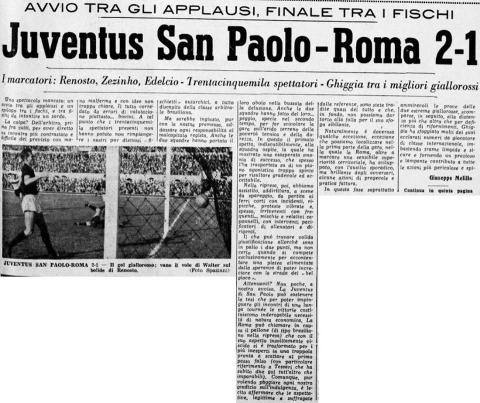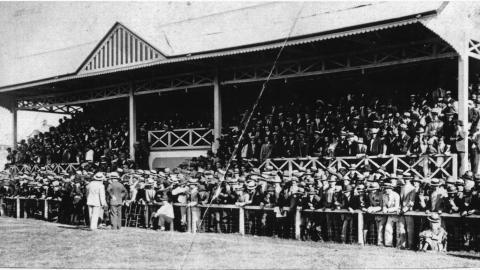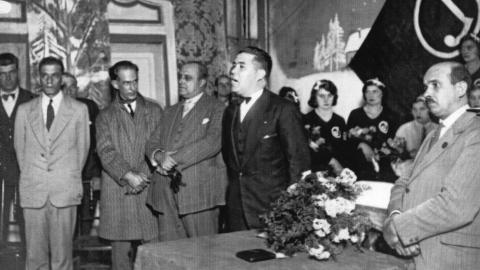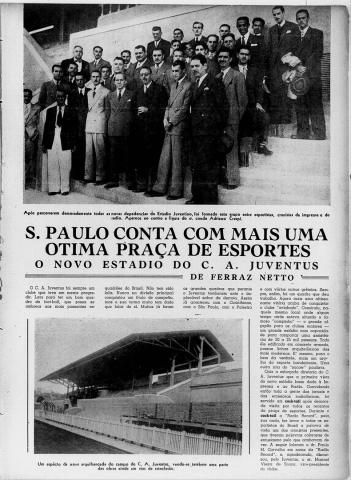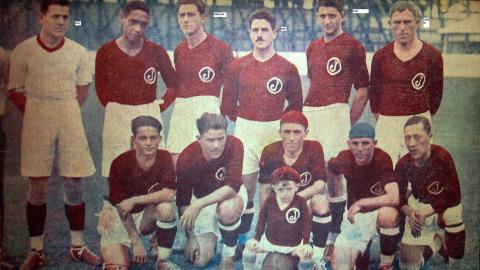Clube Atlético Juventus
One cannot talk about the origin of Clube Atlético Juventus and its whole glorious history without talking about the Crespi family and their decisive participation in the social life of São Paulo, as well as their influence on 20th century sport.
Count Rodolfo Enrico Crespi, born in Busto Arsizio in the province of Varese in Lombardy, arrived in Brazil in 1893 and, in 1897, he founded the Rodolfo Crespi Cotton Mill, in the Mooca district of the city of São Paulo. A huge number of Italian immigrants and their descendants still live in the Mooca district today. The company became one of the biggest industrial organisations in the city. Several small football teams formed spontaneously within the factory, playing against each other and with other clubs from outside. On the 20th of April 1924, one of these teams merged with another from outside the company, creating Cotonifício Rodolfo Crespi F.C., with the official support of the Crespi family at the head of the club's management.
The Crespi family surrendered an area of land that they owned to build a small football stadium for the club, the construction of which was entrusted to the workers of the cotton mill. This site was completely renovated and extended in 1941, becoming the Conde Rodolfo Crespi Stadium. It still retains the original architectural features of the time, drawing admiration from supporters and the press, who see it as a stadium from the days of romantic football.
In 1929, Cotonifício Rodolfo Crespi F.C. played in the second division championship (Serie B) of São Paulo: the team was undefeated champion, gaining promotion to the major championship. As the league that administered the championship, the APEA (Associação Paulista de Esportes Atléticos), did not allow clubs named after companies (factories or commercial establishments) to play in the tournament, another name had to be chosen.
Count Rodolfo proposed the name Clube Atlético Juventus for his team: he had recently come back from Italy, where he had watched a match between Juventus and Torino, and was highly impressed by the quality of football played, especially by the “Bianconeri”.
Having resolved this issue, there was another problem, the colour of the kit. The APEA required that no colour already used by any other club participating in the championship be used. So neither the black, red or white of Cotonifício Rodolfo
Crespi F.C. nor the black and white of Juventus could be worn. Count Crespi decided to use the colours of the other Turin club: the maroon and white of Torino. This kit is still in use today.
The Crespi family managed Clube Atlético Juventus until 1949, while the Crespi cotton mill ended its activity in 1963.
In the early 1960s, C.A. Juventus bought an area of about 85 thousand square metres in the Mooca district, where it built a sports club, attended by more than one hundred thousand members.
Since the 1930s, Juventus has adopted as its mascot the “Moleque Travesso”, “Prankster Boy”, a nickname coined by journalist Thomaz Mazzoni, due to the fact that Juventus, at the time, was the youngest team in the league and, despite this, beat Corinthians, one of the country's best teams. This victory is regarded as a classic “prank”.
Story compiled by Club Atletico Juventus in collaboration with Gina Marques.
-
SportItalia, ITSan Paolo del Brasile, BRDal 1919 al 1945
Timeline
-
1924
On the 20th of April, one of these teams merged with another from outside the company, creating Cotonifício Rodolfo Crespi F.C., with the official support of the Crespi family at the head of the club's management.
-
1941
The small football stadium for the club's use donated by Crespi was completely renovated and expanded, receiving the name Stadio Conde Rodolfo Crespi.
-
1929
With the name Clube Atlético Juventus and the colours of Torino, it entered the championship of Sao Paulo. Since the 1930s, Juventus has adopted as its mascot the “Moleque Travesso”.
-
1960
In the early 1960s, C.A. Juventus bought an area of about 85 thousand square metres in the Mooca district, where it built a sports club, attended by more than one hundred thousand members.
